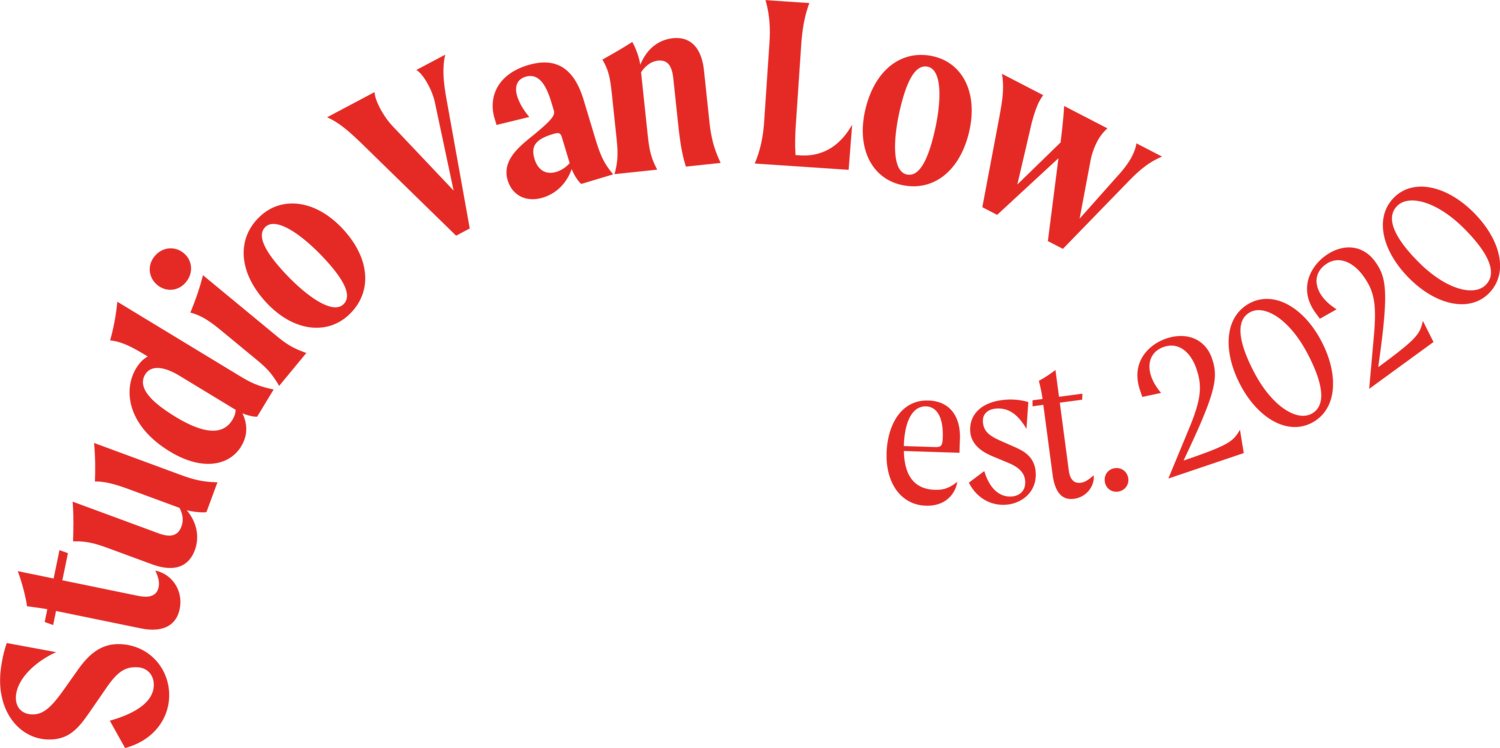
The Australian Culinary Archive
– an interview with Lisa Havilah
Published on A Rich Life, May 2020
View original publication
Aside from providing the essential nourishment for human survival, food is a cultural zeitgeist. The ingredients we have access to indicate our climate, location and agricultural industry, and how we consume them depends on our technology and shared traditions. With the mentions of a dish, we can be transported to a time or a place instantly; our collective imagination is filled with food references and metonyms. To quote Men At Work: I said, “Do you speak-a my language?” He just smiled and gave me a vegemite sandwich.
Earlier this year, the Powerhouse Museum announced that it will launch the Australian Culinary Archive, the first of its kind in the country. Building on its existing collection of culinary artefacts, new material will include oral histories, reviews, and restaurant designs (as well as an in-house kitchen for programs and research). It’s an ambitious task to capture the melting pot of the Australian food industry, so I posed some questions directly to Lisa Havilah, Chief Executive of the Powerhouse Museum.
VL: How did the concept of creating the Australian Culinary Archive come about?
LH: The idea of establishing the Australian Culinary Archive came to me when I was researching the early history of the Powerhouse Museum. One of the key reasons the Powerhouse was established over 140 years ago was to connect the community with industry and to promote industrial and scientific innovation. In our contemporary world one of the most visible and prominent developments in Australia has been agricultural and food science. Australia is known around the world for its great chefs and producers. Our museum holds incredible archives and I wondered ‘if we had a culinary archive’ or ‘where the great culinary archives in Australia held’? While we and many other collecting institutions do have items that touch on the story of our culinary history, there wasn’t, until now, an archive that brings together all of the incredible stories and innovations that have made Australian food, culture world renowned.
VL: How did the Museum settle on Margaret Fulton’s archive as a landmark place to start the Australian Culinary Archive?
LH: Margaret Fulton has had a generational impact on all of our lives and has changed the way we think and relate to food and cooking. Having Margaret Fulton as the foundational archive and starting point for the Australian Culinary Archive made complete sense. Her 1968 cookbook was expected to sell 10,000 copies but ended up selling 100,000 in its initial print run. Most households have a copy of one of her books. We are honoured to be able to work closely with Margaret’s family to ensure her legacy continues to be promoted and shared for many generations to come.
VL: Will there be inclusion of First Nations food culture?
LH: Yes, First Nations chefs and producers are a fundamental part of Australian food culture. Innovations in First Nations produce continue to play a critically important role in broader industry innovation. The Australian Culinary Archive will be industry led through an advisory panel that will include First Nations chefs and producers.
VL: What do you think makes Australia’s culinary story unique in contrast to food traditions across the world?
LH: Australia is famous for its incredible produce that has been used by chefs that have come to call Australia home from all across the world. This combined with Indigenous produce and communities that have a strong desire for new things has resulted in Australia leading the world in culinary innovation and has become a destination for both food and culture.
The museum already has an extensive collection of culinary paraphernalia and artefacts in its collection, including this suite of packaging designed by Ken Done for the Powerhouse Garden Restaurant in 1993 (more details)
VL: The Powerhouse has objects in its Collection that speak to our broader culinary history. Do you have a personal favourite?
LH: I am interested in the intersections between our culinary histories, science, graphic design and technology. We have some brilliant examples of Australian food packaging which tell the story of how food culture has always been embedded in the broader visual identity of Australia.
VL: Are there any challenges with collecting culinary records that you are anticipating?
LH: All great histories are full of controversy, conflict and are open to different interpretations. We will always accept how people remember things, but memories are very personal and sometimes you can have four different versions of one important event. This will not only be the challenge, but it will be the thing that makes this archive so special.
-
Top photo by Daniel Boud

